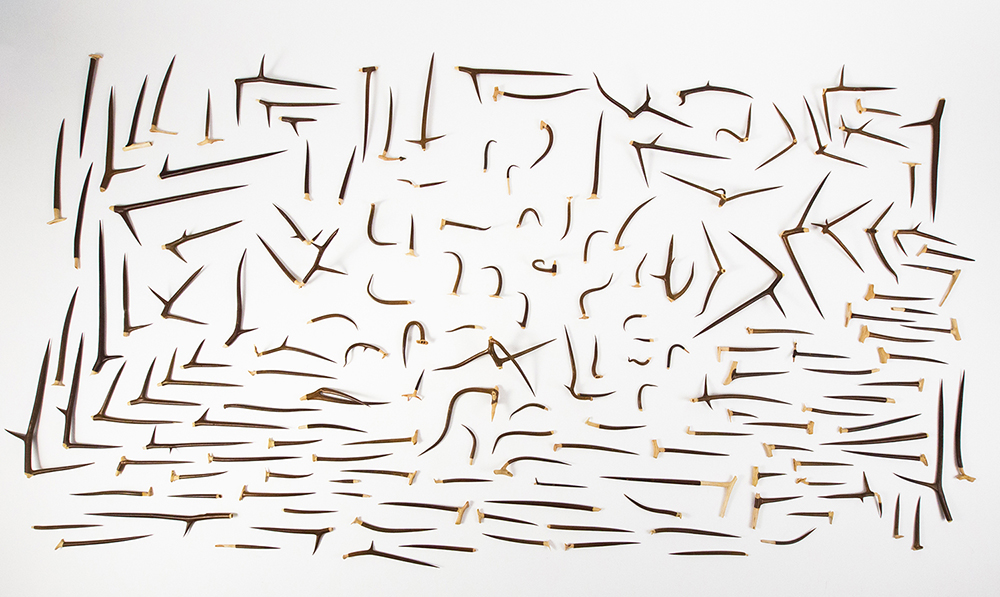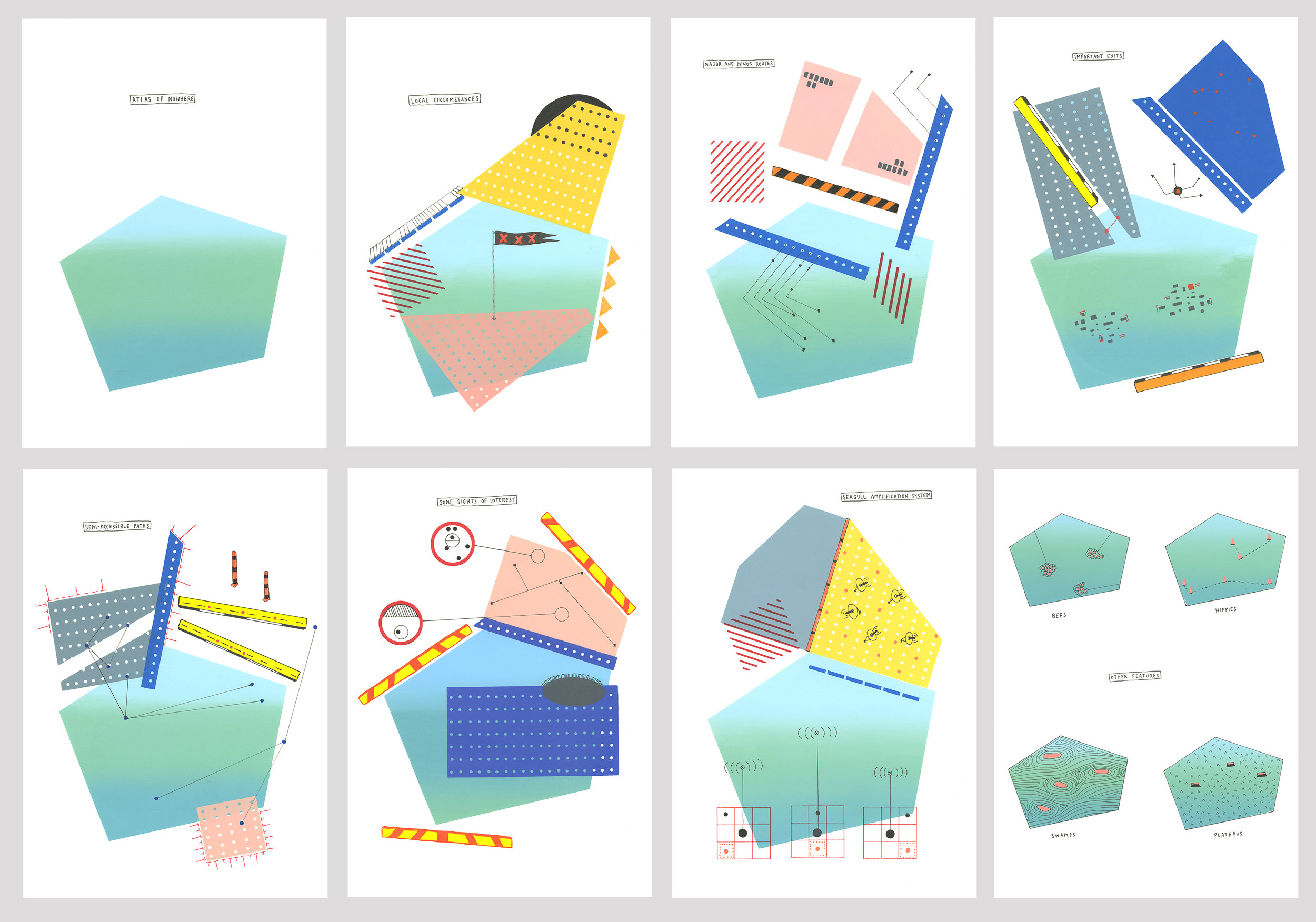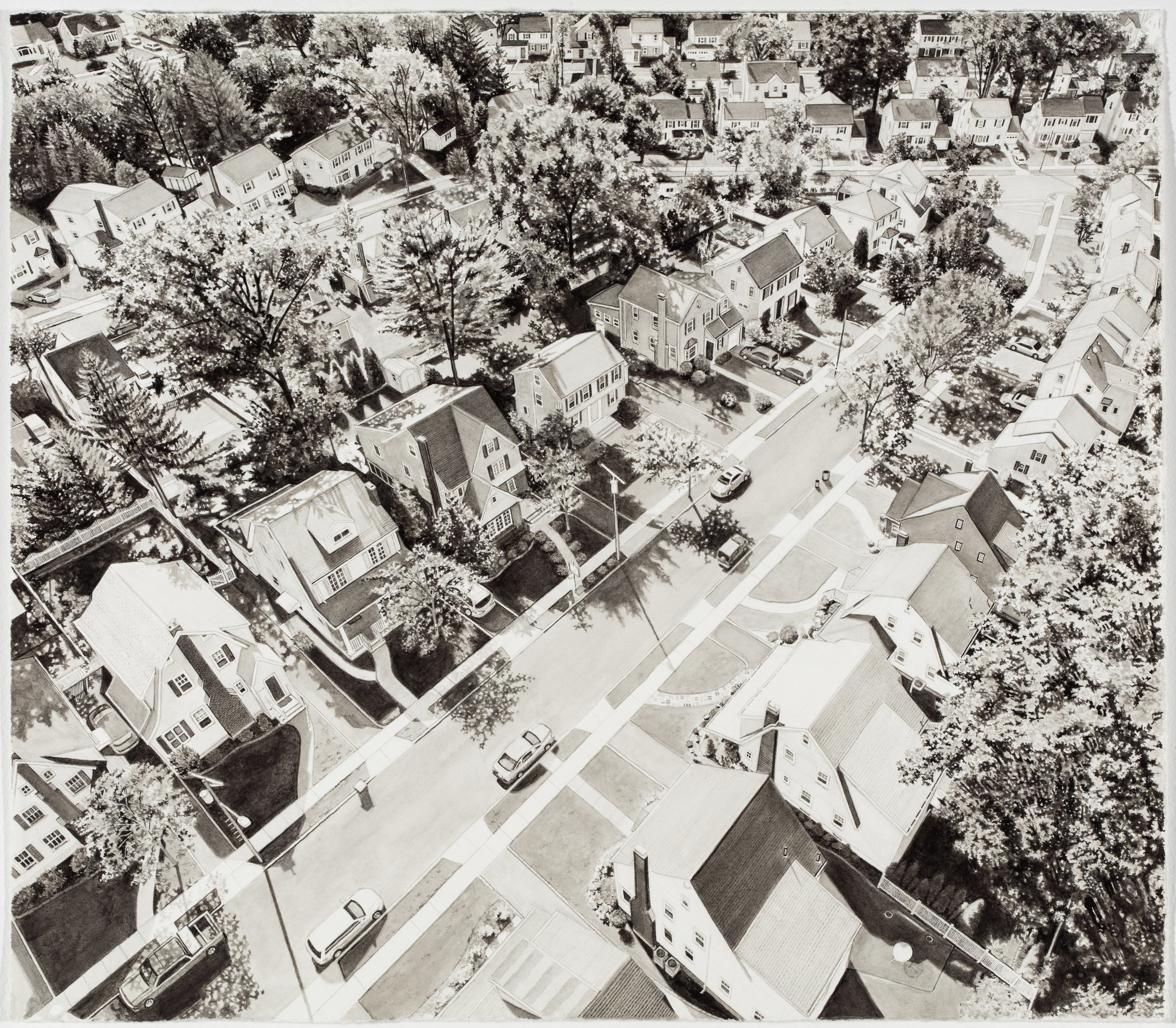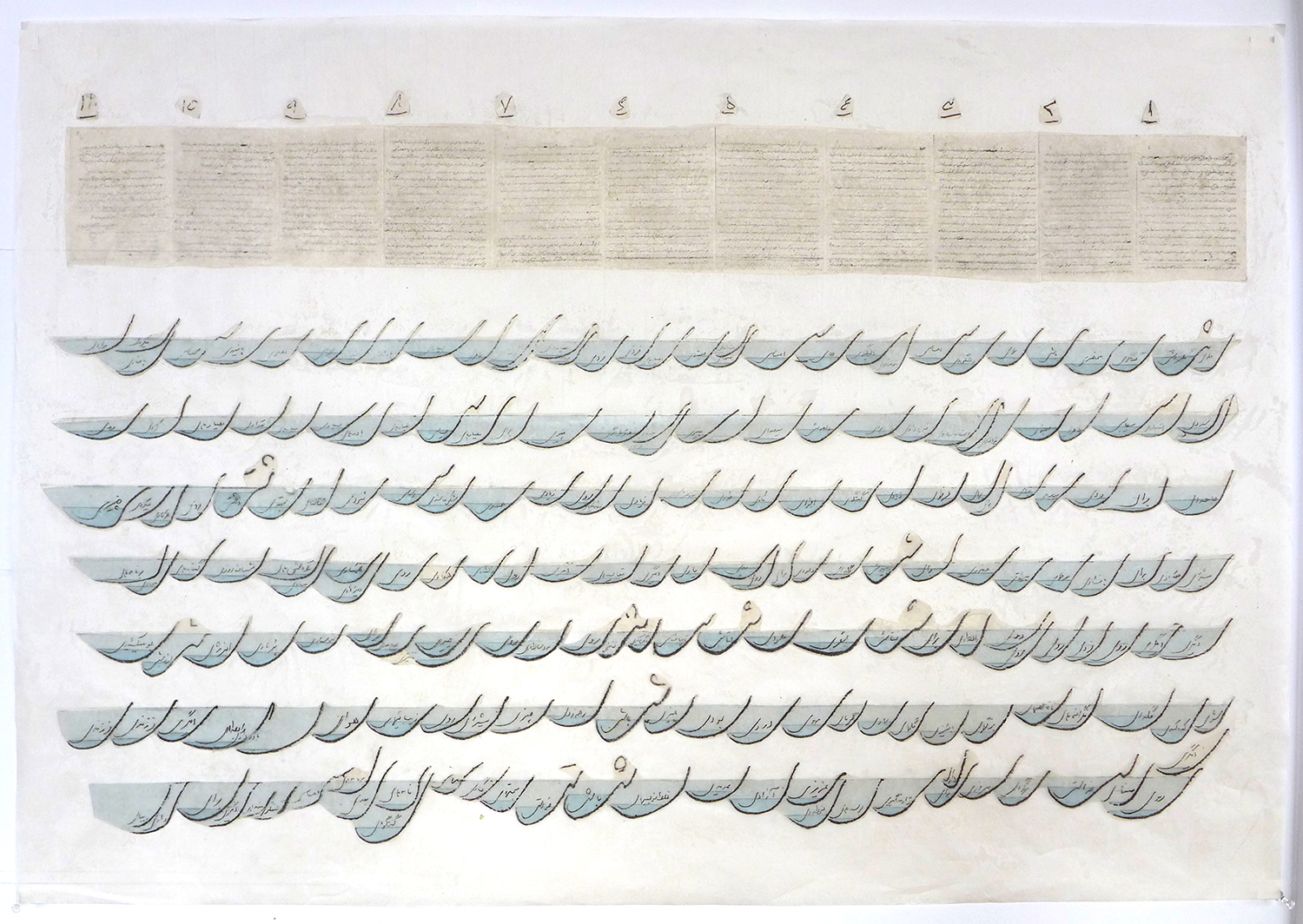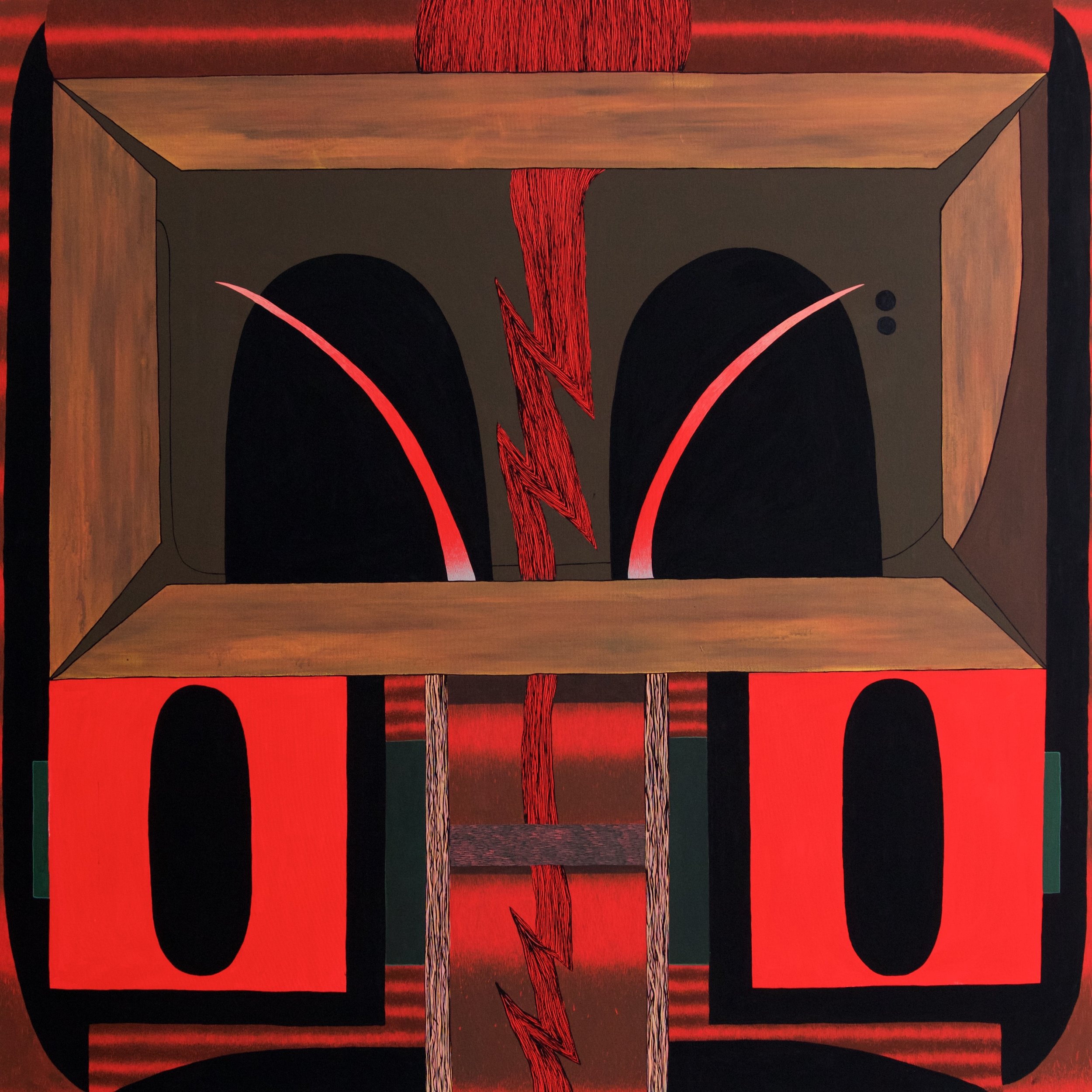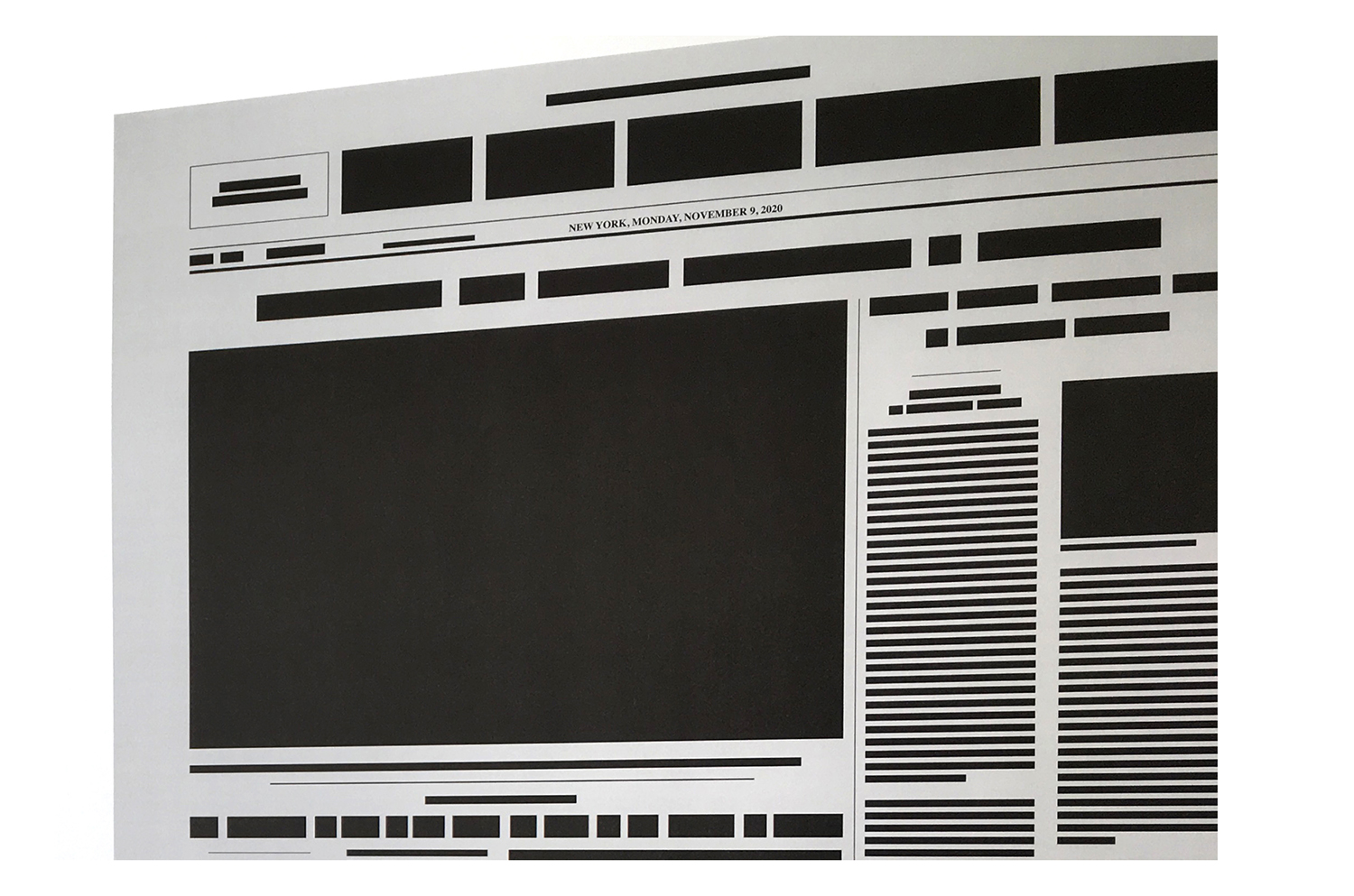Artist & Educator Frances B. Ashforth http://francesbashforth.com/
Artist & Curator Bonnie Rychlak https://bonnierychlak.net/
Curator Arthur Bruso http://curiousmatter.org/
Curator Raymond E. Mingst http://curiousmatter.org/
Your Custom Text Here
Artist & Educator Frances B. Ashforth http://francesbashforth.com/
Artist & Curator Bonnie Rychlak https://bonnierychlak.net/
Curator Arthur Bruso http://curiousmatter.org/
Curator Raymond E. Mingst http://curiousmatter.org/



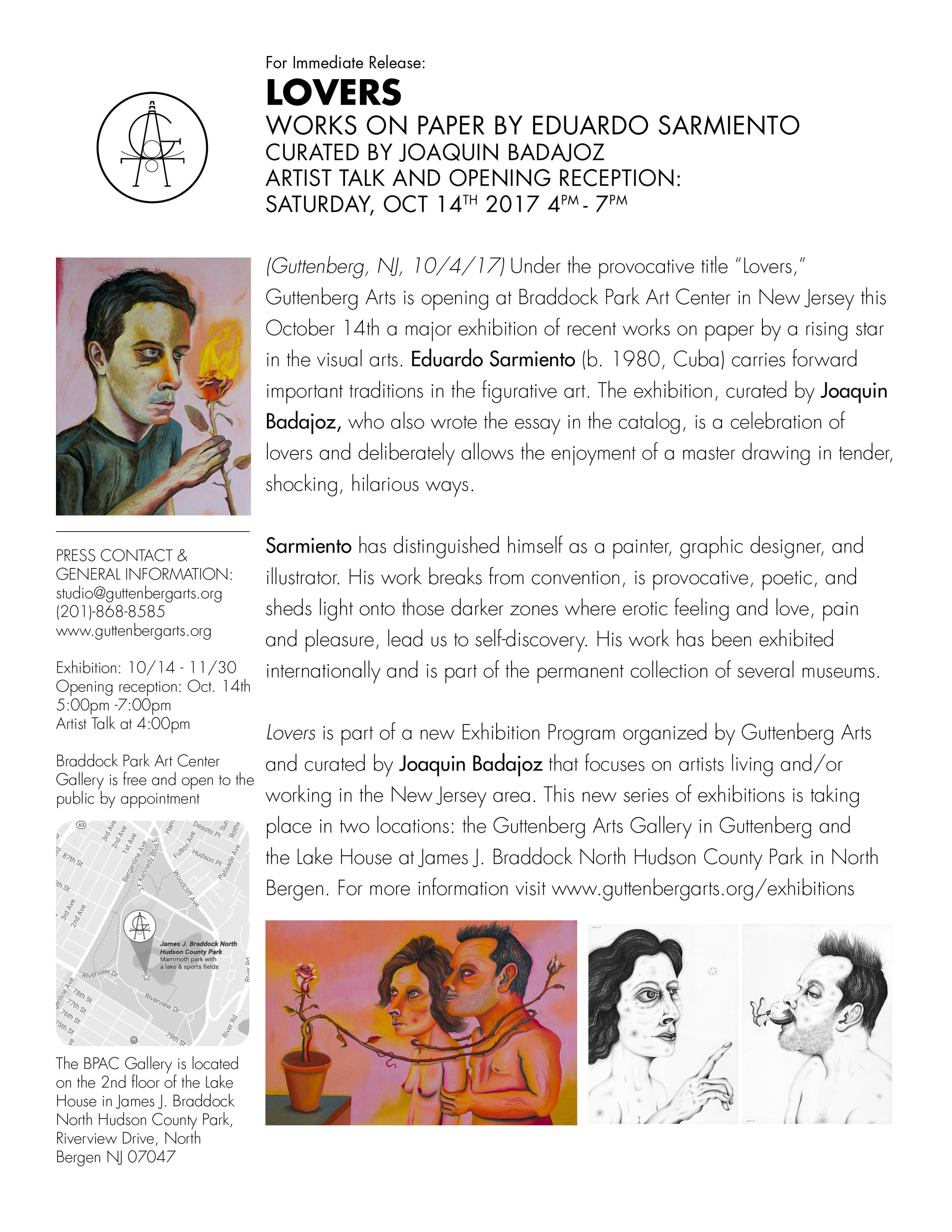
Why, after such an eternal life, do we still
mistrust the earthly? Instead of patiently learning from transience
the emotions for what future
slopes of the heart, in pure space?
Rainer Maria Rilke, AN HÖLDERLIN
It does not sound as intimate and romantic as the Spanish word ‘amor’, perhaps. A word mainly used for the other half in extremely moving situations. But in its generous inclusiveness, the English word ‘love’ has opened our hybrid and hyphenated senses to broader reality. We have learned to substitute and translate feelings. To love our friends, even those of the same sex, without lust, to spread love, instead of just fondness as expressed in the old-fashioned and colder feeling contained in the Spanish verb ‘querer’.
Working on this exhibition, I came up with the idea that while Martin Heidegger depicted ‘the thinker as poet,’ from the thinking poet to the poetic thinker, perhaps our most epic dare as ‘beings’ is this ein andenkendes denken, which grows out inside each one and reaches into its truth, nor as artist or thinkers or even living beings but as lovers. Our capacity to love and the way we behave under its influence (BUI) is what truly measures our human condition. If as Thomas Hobbes believes, human beings are selfish creatures at their core, the necessity of other human beings to fulfill the emotional realization and give sense to our lives is probably the hardest test of vulnerability we must pass in our lives.
To be lovers is, to a certain extent, the ultimate experience to, in Slavoj Žižek’s words, an extremely violent cosmic unbalance, which is, by the way, a fundamental part of the natural state of the human being. This singular chemical chain reaction, set in motion from the uterus to the grave, propelling us to achieve obsessions and dreams, death, and eternity, is stronger than any other feeling but hate—if hate isn’t love in disguise. This irrepressible, irrational impulse embedded in our bodies is the spark and spice of life and therefore paramount in the nature of the being. To become a lover is the primal way to self-knowledge.
This exhibition does not intend to be an inventory of lovers but a celebration of all of them: the solitary pubescent who consumes himself, feverishly looking to the flaming flower, the dandy, the Latin lover, the bragger and the timid, the charming and the tormented, the egotist and the mutilated, the completed, the torrid lovers that inhabit and devour each other, and the eternal hunger of the other half—all of them and many others who only exist in our most perverse mental lucubration. They are incidentally depicted in the selected works, from three different series, exhibited in this show.
As all transcendent artwork, this is more the oeuvre of the unconsciousness than an artificial rational approach. Thus, it depicts the same topic in different figurative levels and techniques, from drawing to painting, from pencil to oil pastel and from color pencil to oil pastel and china maker on paper, gathering works from the last four years. I am certain that true artists revisit certain topics indefatigably almost obsessively as if they were caught in a mental loop. For that reason, it looks solid and suitable, even formal, despite the timeframe and the fact that Sarmiento’s biorhythm is really fast in art clock terms. From one series to the next, the achievements and maturity are easy to perceive.
Intentionally or not, but at least with a high degree of creative intuition, Sarmiento has used diptychs to contradistinguish the individuals’ spaces intertwined in any love’s relation. This resource forces us to look at the composition in two different instances—first as a whole, then as two single figures in relation. Looking at Sarmiento´s lovers, one realizes the unsteadiness and fragility of human bonds. How solid the duo seems from afar, and how precarious and porous are their connections; nevertheless, once they are lovers, even when one of its parts is detached, it carries on itself the trace of the absence, condemned to looking for closure and completion. On the other hand, Sarmiento’s singles are implied couples, in a platonic sense. In a masochistic narrative thread, we have isolated and condemned some of them to watch each other from a distance, divided by several windows, through the gallery. They mirror an abyss, the white wall on which we depraved humans project ourselves. We assume there is a stolen story behind them, and the absence of a partner reinforces the idea of the severed individual. They are still couples, individual diptychs, in tantalizing relation.
Our celebration of lovers is also a feast of drawing and sketching—perhaps our first erotic attempts to possess another body, a rudimentary photo-pornography avant la lettre. The show deliberately allows the enjoyment of a master drawing in tender, shocking, hilarious ways.
The dynamic of mating is a playful one, like the palindrome titling these words. You walk in circles, feel you live as if were spelled backward, repeat the same mistakes, but always fall in love again, as if it were inevitable. We can live oblivious to almost everything but not to this feeling that makes us (r)evolve.
Joaquin Badajoz. Manhattan, September 2017
* Palindrome from the song ‘Bob’ by Weird Al Yankovic.



Raymond E. Mingst and Arthur Bruso of Curious Matter stopped in today to visit with our resident artists and share their thoughts on their work! I should note that missing from this pic is AIR Yong Soon Min & Anne Muntges!

Thank You!
Guttenberg Arts wishes to thank the Rea Charitable Trust and Wells Fargo for their generous sponsorship of our Space & Time Artist Residency! With their support we will be able to fund 12 artists through to the end of 2018! Here is a small preview of the work to come!
"After the Soldiers and Shrikes," 2015-2016
Selected pages from "Malmo Journal" 2016
"Drone 13" 2017
"Ye Harvest From the Eleven-Page Letter" 2016
"Back Deck" 2017
"New York, Monday, November 9, 2020" (detail)
2017
